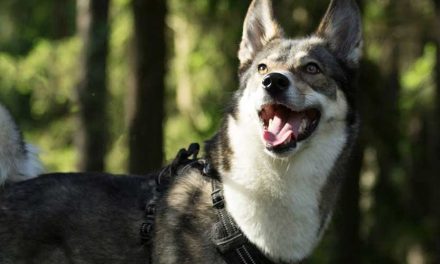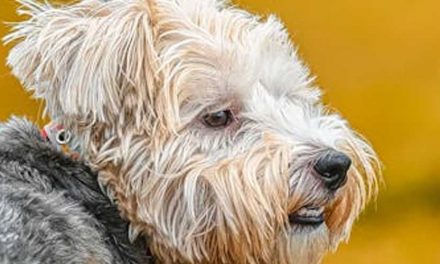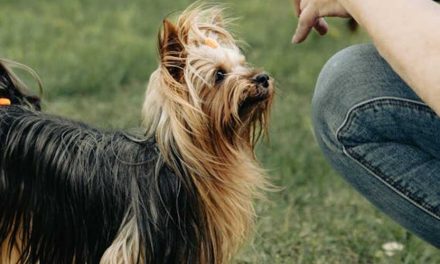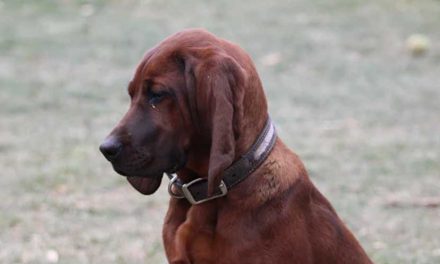The Great Dane, often known as the “Apollo of dogs,” is a magnificent breed that stands out not just for its impressive size but also for its gentle demeanor.
Originating in Germany, this breed was initially developed for hunting large game.
Today, Great Danes are cherished as loyal family companions and beloved pets.
History and Origins
The Great Dane’s roots can be traced back to ancient civilizations, with evidence of similar dogs depicted in Egyptian murals and found in the ruins of ancient Rome.
However, the breed as we know it today emerged in Germany, where they were bred by crossing the English mastiff with the Irish wolfhound, creating a large, powerful breed known for its speed and grace.
Physical Characteristics
As one of the tallest dog breeds, Great Danes typically stand between 28 to 34 inches at the shoulder and can weigh anywhere from 100 to 175 pounds.
They come in various colors, including fawn, brindle, blue, black, harlequin (white with irregular black patches), and more.
Despite their size, which may intimidate some, Great Danes are known for their elegance and athleticism.
Temperament and Behavior
Great Danes have a reputation for being gentle giants.
They are known for their friendly and affectionate nature, often forming strong bonds with their families.
Their temperament can vary, but they are generally good-natured, patient, and sociable.
Early socialization and training are essential for any dog, and Great Danes are no exception.
They thrive in environments where they receive plenty of love, attention, and exercise.
Care and Training
Due to their size, Great Danes require space to move around comfortably.
A home with a yard is ideal, though they can adapt to apartment living as long as their exercise needs are met.
Daily walks, playtime, and mental stimulation are crucial to keep them happy and healthy.
Great Danes are relatively easy to train, thanks to their intelligence and desire to please their owners.
Positive reinforcement methods work best, as they respond well to praise and treats.
Early training is beneficial, as it helps prevent behavioral issues that can arise from their size and strength.
Health Considerations
Despite their imposing stature, Great Danes can be prone to certain health issues, including hip dysplasia, bloat, and heart conditions like dilated cardiomyopathy.
Regular veterinary check-ups, a balanced diet, and maintaining a healthy weight are vital for their well-being.
Because of their susceptibility to bloat, it’s important to feed them multiple small meals throughout the day rather than one large meal.
Conclusion
In summary, the Great Dane is a breed that captivates many with its majestic appearance and loving nature.
While their size can be daunting, they are truly gentle hearts that make wonderful companions.
With proper care, training, and socialization, a Great Dane can become a cherished member of any family—offering loyalty, protection, and an unwavering love that makes them stand out as one of the most beloved breeds in the canine world.









